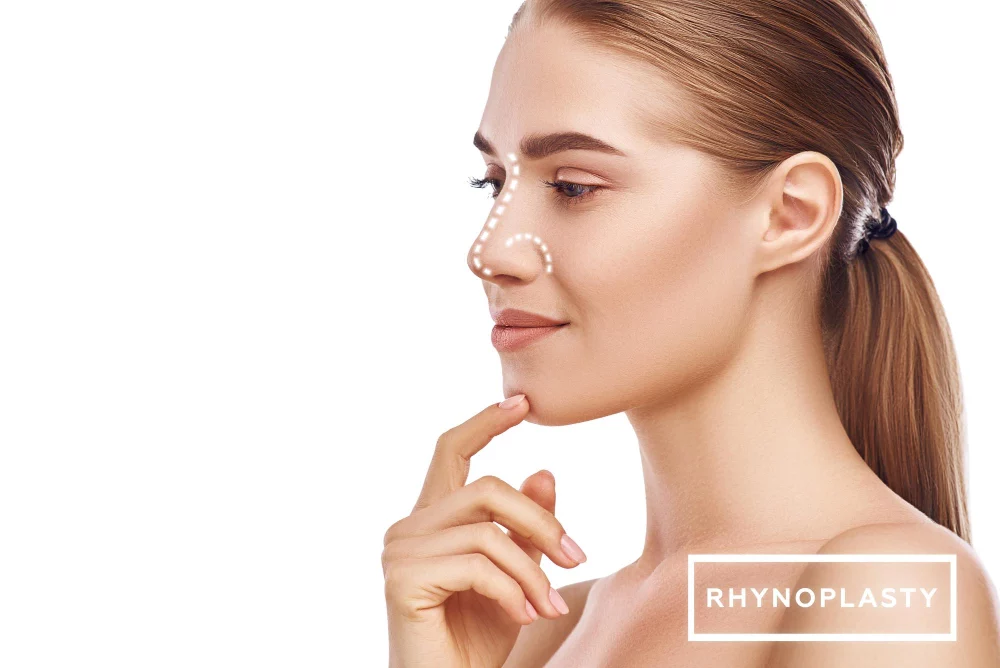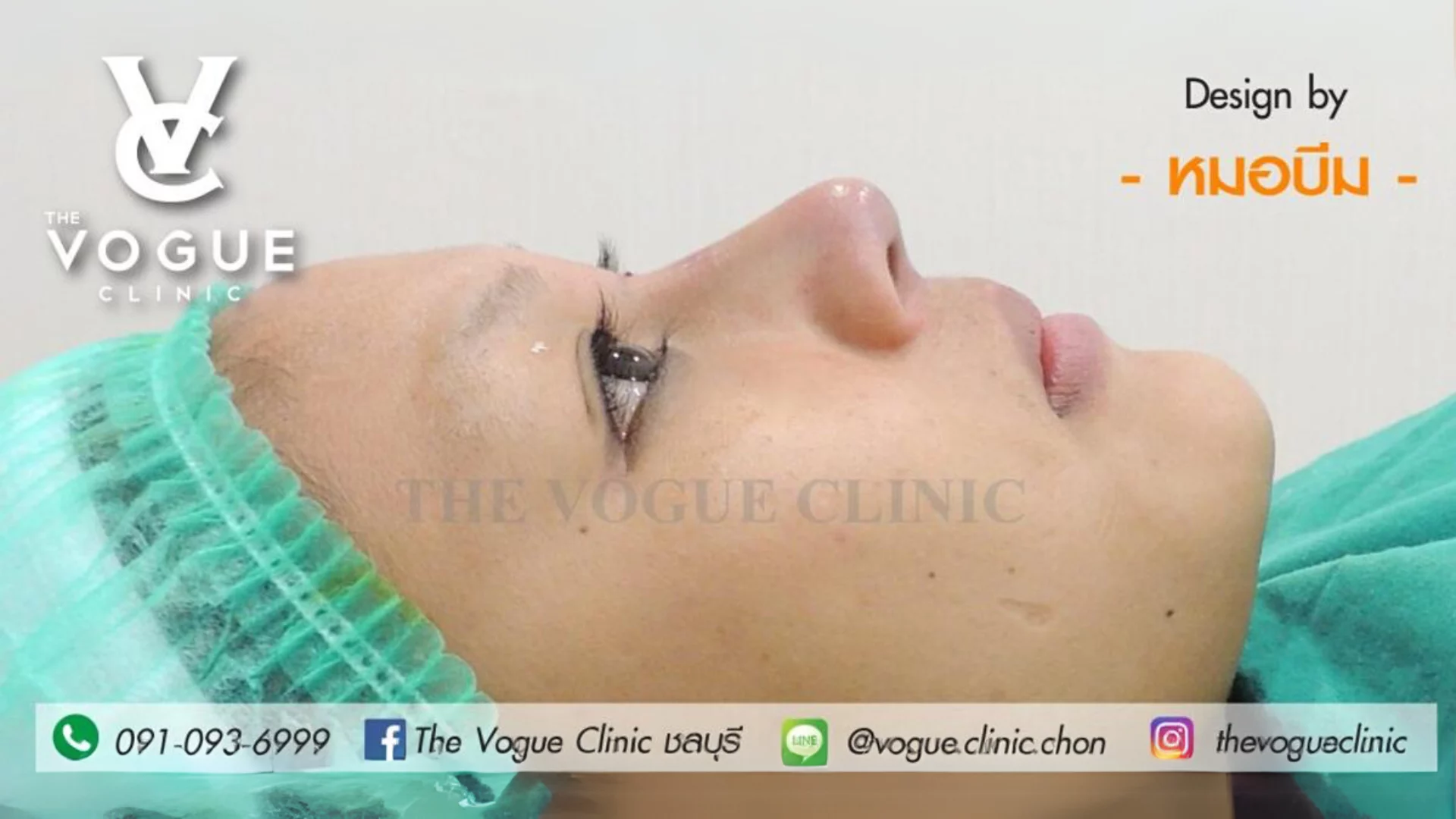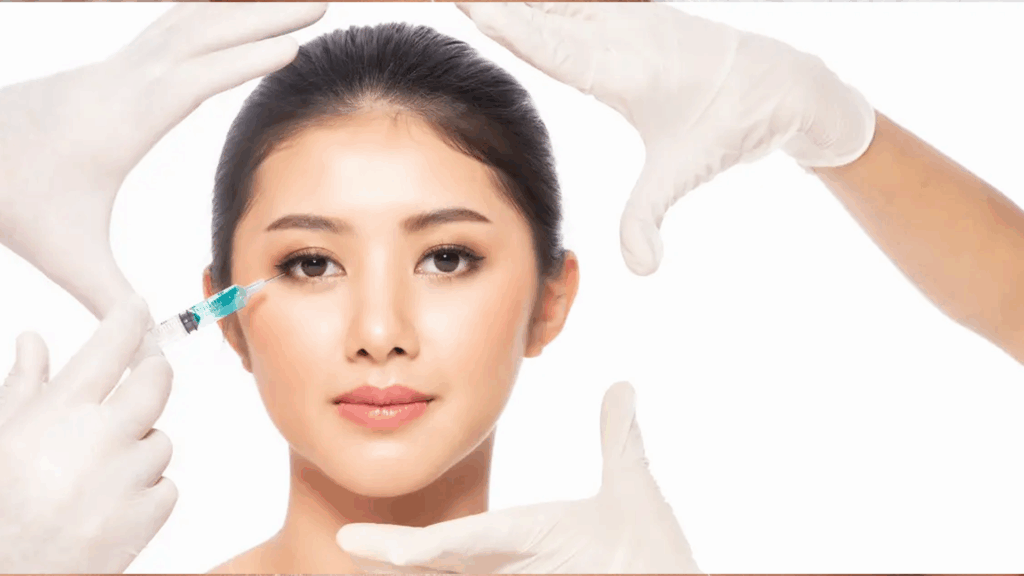في الوقت الحالي، أصبحت جراحة الأنف شائعة بشكل متزايد بين المراهقين والبالغين العاملين. ويرجع ذلك إلى أن عملية تجميل الأنف يمكن أن تُحدث تغييرًا كبيرًا في مظهر الشخص، مما يجعل الوجه يبدو أكثر نعومة أو حتى أكثر حدة وتحديدًا.
تُعد جراحة الأنف من أبسط عمليات تجميل الوجه التي يفكر فيها الكثير من الناس، لأنها يمكن أن تحسن مظهر الشخص بشكل كبير. في الواقع، يجد بعض الأشخاص أنهم بعد إجراء عملية تجميل الأنف يبدون أكثر جمالًا بشكل ملحوظ، ولا يشعرون بالحاجة إلى أي إجراءات إضافية.
أول شيء يجب معرفته قبل إجراء عملية تجميل الأنف هو القيام ببحث شامل. تأكد من أن العيادة معتمدة وتلتزم بمعايير السلامة العالية، وأن الطبيب ماهر وذو خبرة كبيرة. من الضروري أيضًا التأكد من أنهم يستخدمون السيليكون المطابق للمعايير الدولية، والذي تم فحصه واستيراده من دول موثوقة مثل الولايات المتحدة وكوريا الجنوبية واليابان وغيرها.

هناك نوعان من السيليكون المستخدم في تكبير الأنف:
- قضيب السيليكون أو السيليكون الصلب – هذا النوع عبارة عن صفيحة كبيرة من السيليكون يمكن نحتها أو تشكيلها بالشكل المطلوب. يوفر مرونة في التخصيص ولكنه يتطلب مهارة لضمان نتيجة طبيعية.
السيليكون الجاهز – هو عبارة عن غرسة سيليكون مُصنَّعة مسبقًا وجاهزة للاستخدام فورًا. يأتي بأشكال وأحجام متنوعة، وهو النوع الأكثر استخدامًا نظرًا لسهولة استخدامه وتوحيده القياسي.
طرق جراحة تجميل الأنف هناك 3 أنواع من جراحة تجميل الأنف.
- التقنية المغلقة – تتضمن هذه الطريقة إدخال الأدوات الجراحية من خلال شقوق داخل فتحات الأنف، دون ترك ندوب ظاهرة من الخارج. يقوم الجراح بتوسيع تجويف الأنف ثم يضع غرسة السيليكون. تركز هذه التقنية على تكبير الأنف دون تغيير هيكله الأساسي.
- التقنية المفتوحة – تتضمن هذه الطريقة شقوقًا داخلية وخارجية، عادةً عند قاعدة الأنف. يقوم الجراح بفتح الجلد لإعادة تشكيل وتعديل الهيكل الأساسي للأنف، بما في ذلك جسر الأنف أو طرفه. تتيح هذه التقنية تعديلات أكثر دقة، مثل إطالة أو تحسين طرف الأنف، أو تصحيح نتوء بارز.
- Korea Technique – This approach combines three procedures:
- A small incision at the base to enhance the tip of the nose.
- Inserting a silicone implant along the bridge, leaving the tip to be sculpted with cartilage.
- Performing a lateral osteotomy (bone reshaping) to narrow the sides of the nose, bringing the bones closer together for a refined shape.
حاليًا، تُعد جراحة تكبير الأنف إجراءً سريعًا وآمنًا نسبيًا يستغرق حوالي ساعة واحدة ويتم تنفيذها بواسطة أطباء خبراء. بعد الجراحة، قد تعاني من تورم وكدمات خلال الأيام الأولى من 1 إلى 3 أيام. ستتلاشى هذه الأعراض تدريجيًا خلال فترة من 7 إلى 14 يومًا. سيحدد الطبيب موعدًا للمتابعة لإزالة الغرز بعد 7 أيام من الجراحة وتقييم تقدم الشفاء بناءً على ذلك.
التحضير قبل الجراحة
- تجنب تناول المشروبات الكحولية والتدخين لمدة لا تقل عن أسبوع واحد.
- امتنع عن تناول أي فيتامينات أو مكملات غذائية.
- ارتدِ ملابس مريحة مزودة بأزرار في الأمام لتسهيل خلعها وتجنب لمس منطقة الجراحة.
كيفية العناية بنفسك بعد عملية تجميل الأنف:
- خلال أول 48 ساعة، ضع كمادات باردة باستخدام عبوة جل على العينين وجسر الأنف، مع الحفاظ على وضعية أفقية.
- نم مع رفع رأسك على وسادة خلال الأيام الثلاثة الأولى لتقليل التورم وضمان الراحة الكافية.
- تجنب النوم ى الجانبين (اليسار أو اليمين) لمنع تغير شكل الأنف أو انحرافه.
- امتنع عن تناول المشروبات الكحولية والتدخين.
- تجنب تناول الأطعمة الحارة والأطعمة المخمرة.
- اشرب ماء عشبة السنتيلا (جوتو كولا) وماء جوز الهند للمساعدة في تقليل التورم.
- ابدأ بغسل وجهك باستخدام صابون لطيف ابتداءً من اليوم الرابع.
- عند حدوث كدمات، ضع كمادات دافئة بدءًا من اليوم السادس فصاعدًا.
- تجنب أي نشاطات شاقة، مثل التمارين الرياضية أو رفع الأشياء الثقيلة.
- تناول الأدوية حسب وصفة الطبيب.
- تابع مع الطبيب لإجراء فحص بعد 1-2 أسبوع من الجراحة.






